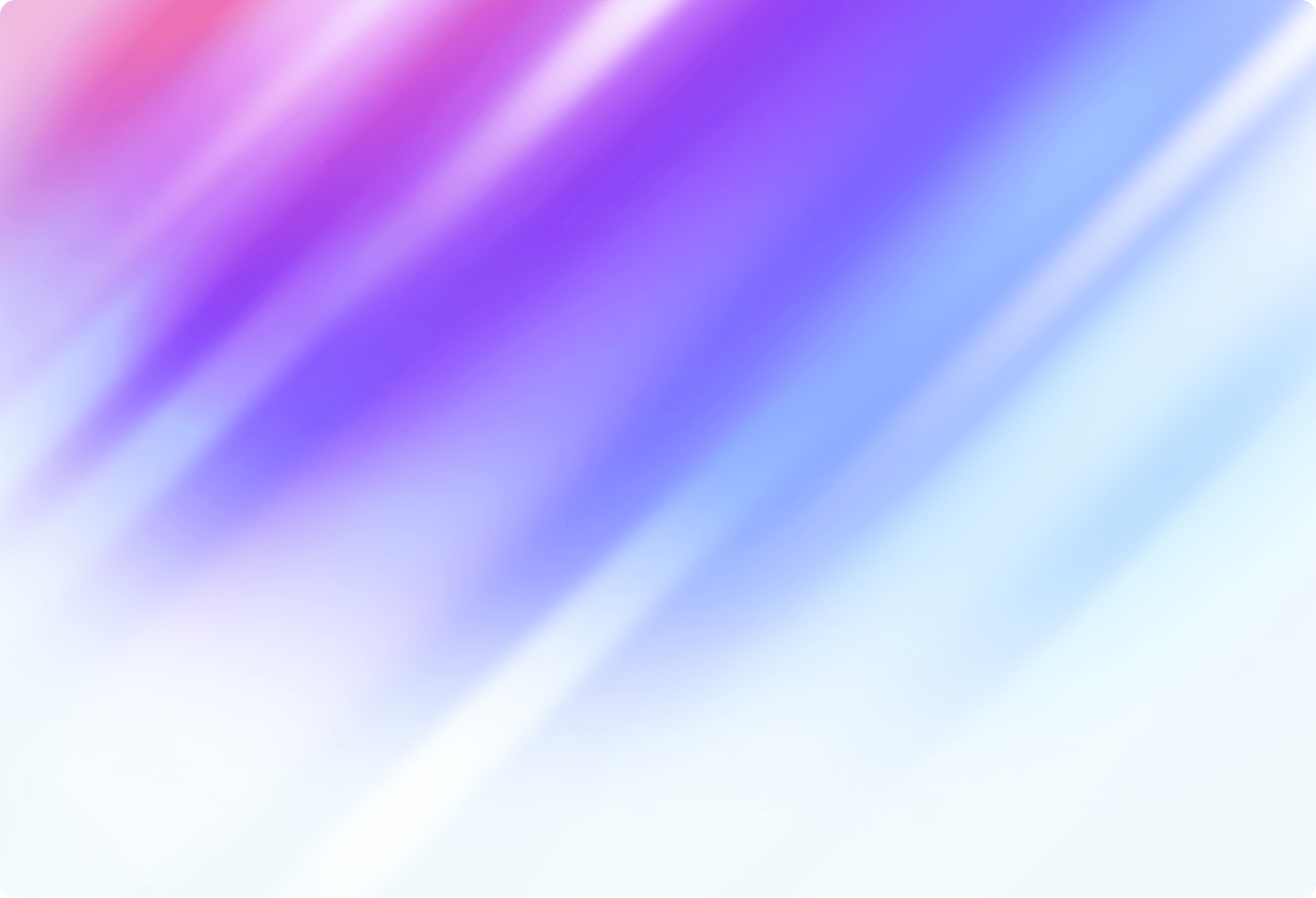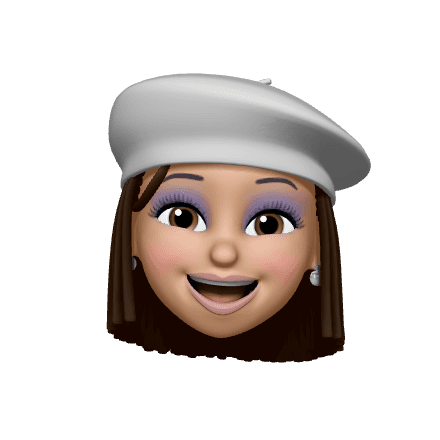Building Meaningful Connections for Business Success
Building Meaningful Connections for Business Success
In the fast-paced world of business, success often hinges on who you know as much as what you know.

David Brown
7
min read
March 15, 2022


What is a landing page?
Whether you work in marketing, sales, or product design, you understand the importance of a quality landing page. Landing pages are standalone websites used to generate leads or sales—in other words they help you increase your revenue. Unlike typical web pages, landing pages only have one call to action, or CTA, and they are usually tied to a specific marketing or advertising campaign. The hyper-focused nature of landing pages means they come with a pretty standard set of best practices.
Landing pages vs. front pages
A typical front page or website in general includes a full navigation bar with tons of links throughout the page linking to other pages or pieces of content. A good landing page should only have one link, or multiple links that all point to the same thing. Having one CTA on your landing page increases conversions because there’s less distraction—fewer equally appealing options to prompt your users into leaving your landing page.
Your brand’s front page has totally different goals. It should show off your brand’s personality, let people explore different features, find blogs and support articles, or even apply for a job. But they won’t necessarily purchase your product from the front page. And that’s why we need landing pages.
Since landing pages are tied to specific campaigns, you don’t need to worry about users lacking information about your product. They arrived at your landing page because they were interested in an ad or post on Google, Bing, YouTube, Facebook, Instagram, Twitter, or similar places on the web. With super detailed campaigns pointing to easy-to-use landing pages, you’re getting high-quality leads that are actually interested in using your product.
Best practices for creating a landing page
What makes an easy-to-use landing page? Overall it’s clear, concise, and doesn’t give users any options except for the main CTA.In terms of copy, your landing page should have one clear message. The header of your page should promote the desired action you want visitors to take. And additionally it should explain the benefits of performing this action.
The visual design of your page should be very simple. Unlike your front page, this is not the place to go crazy with brand personality—so no wild animations or complex design elements. You wouldn’t want to distract visitors from performing the main action of your page.
Landing page CTA’s are typically buttons, sometimes accompanied by an input field if you need to collect user information. To ensure your buttons are clicked, make sure they stand out visually. This can be done with contrasting the button color with your page background and clear copy on the button itself. For example, if you are asking visitors to book a demo, write“Book a demo” clearly on the CTA button.
What is a landing page?
Whether you work in marketing, sales, or product design, you understand the importance of a quality landing page. Landing pages are standalone websites used to generate leads or sales—in other words they help you increase your revenue. Unlike typical web pages, landing pages only have one call to action, or CTA, and they are usually tied to a specific marketing or advertising campaign. The hyper-focused nature of landing pages means they come with a pretty standard set of best practices.
Landing pages vs. front pages
A typical front page or website in general includes a full navigation bar with tons of links throughout the page linking to other pages or pieces of content. A good landing page should only have one link, or multiple links that all point to the same thing. Having one CTA on your landing page increases conversions because there’s less distraction—fewer equally appealing options to prompt your users into leaving your landing page.
Your brand’s front page has totally different goals. It should show off your brand’s personality, let people explore different features, find blogs and support articles, or even apply for a job. But they won’t necessarily purchase your product from the front page. And that’s why we need landing pages.
Since landing pages are tied to specific campaigns, you don’t need to worry about users lacking information about your product. They arrived at your landing page because they were interested in an ad or post on Google, Bing, YouTube, Facebook, Instagram, Twitter, or similar places on the web. With super detailed campaigns pointing to easy-to-use landing pages, you’re getting high-quality leads that are actually interested in using your product.
Best practices for creating a landing page
What makes an easy-to-use landing page? Overall it’s clear, concise, and doesn’t give users any options except for the main CTA.In terms of copy, your landing page should have one clear message. The header of your page should promote the desired action you want visitors to take. And additionally it should explain the benefits of performing this action.
The visual design of your page should be very simple. Unlike your front page, this is not the place to go crazy with brand personality—so no wild animations or complex design elements. You wouldn’t want to distract visitors from performing the main action of your page.
Landing page CTA’s are typically buttons, sometimes accompanied by an input field if you need to collect user information. To ensure your buttons are clicked, make sure they stand out visually. This can be done with contrasting the button color with your page background and clear copy on the button itself. For example, if you are asking visitors to book a demo, write“Book a demo” clearly on the CTA button.
What is a landing page?
Whether you work in marketing, sales, or product design, you understand the importance of a quality landing page. Landing pages are standalone websites used to generate leads or sales—in other words they help you increase your revenue. Unlike typical web pages, landing pages only have one call to action, or CTA, and they are usually tied to a specific marketing or advertising campaign. The hyper-focused nature of landing pages means they come with a pretty standard set of best practices.
Landing pages vs. front pages
A typical front page or website in general includes a full navigation bar with tons of links throughout the page linking to other pages or pieces of content. A good landing page should only have one link, or multiple links that all point to the same thing. Having one CTA on your landing page increases conversions because there’s less distraction—fewer equally appealing options to prompt your users into leaving your landing page.
Your brand’s front page has totally different goals. It should show off your brand’s personality, let people explore different features, find blogs and support articles, or even apply for a job. But they won’t necessarily purchase your product from the front page. And that’s why we need landing pages.
Since landing pages are tied to specific campaigns, you don’t need to worry about users lacking information about your product. They arrived at your landing page because they were interested in an ad or post on Google, Bing, YouTube, Facebook, Instagram, Twitter, or similar places on the web. With super detailed campaigns pointing to easy-to-use landing pages, you’re getting high-quality leads that are actually interested in using your product.
Best practices for creating a landing page
What makes an easy-to-use landing page? Overall it’s clear, concise, and doesn’t give users any options except for the main CTA.In terms of copy, your landing page should have one clear message. The header of your page should promote the desired action you want visitors to take. And additionally it should explain the benefits of performing this action.
The visual design of your page should be very simple. Unlike your front page, this is not the place to go crazy with brand personality—so no wild animations or complex design elements. You wouldn’t want to distract visitors from performing the main action of your page.
Landing page CTA’s are typically buttons, sometimes accompanied by an input field if you need to collect user information. To ensure your buttons are clicked, make sure they stand out visually. This can be done with contrasting the button color with your page background and clear copy on the button itself. For example, if you are asking visitors to book a demo, write“Book a demo” clearly on the CTA button.
Other blog articles
Recommended Articles
Explore Our FAQs
Find quick answers to commonly asked questions about Dashcraft. Have a question not listed?
DashCraft's key features?
How does DashCraft simplify web development?
Can I customize web apps with DashCraft?
Does DashCraft support data integration?
Suitable for businesses of all sizes?
How quickly can I create a web app?
What support options does DashCraft offer?
Explore Our FAQs
Find quick answers to commonly asked questions about Dashcraft. Have a question not listed?
DashCraft's key features?
How does DashCraft simplify web development?
Can I customize web apps with DashCraft?
Does DashCraft support data integration?
Suitable for businesses of all sizes?
How quickly can I create a web app?
What support options does DashCraft offer?
Explore Our FAQs
Find quick answers to commonly asked questions about Dashcraft. Have a question not listed?
DashCraft's key features?
How does DashCraft simplify web development?
Can I customize web apps with DashCraft?
Does DashCraft support data integration?
Suitable for businesses of all sizes?
How quickly can I create a web app?
What support options does DashCraft offer?

Launch an app in one sitting
Develop web apps quickly with Dashcraft - the developer-friendly low-code web app builder designed for speed.
Dashcraft.com
Data
Design
Automation
Settings
Dashcraft project

Preview
Publish
Screens
/sales/:id
/sales-team/:id
/
/sales/new/row
Components
Screens
/sales-team/:id
Data Provider
No credit card is required.
dataTable
General
Data provider
Sales
Columns
3 columns
Size
Medium
On row click
No actions set
© 2024 Dashcraft INC. All rights reserved.

Launch an app in one sitting
Develop web apps quickly with Dashcraft - the developer-friendly low-code web app builder designed for speed.
Dashcraft.com

Preview
Publish
No credit card is required.
© 2024 Dashcraft INC. All rights reserved.

Launch an app in one sitting
Develop web apps quickly with Dashcraft - the developer-friendly low-code web app builder designed for speed.
Dashcraft.com
Publish
No credit card is required.
© 2024 Dashcraft INC. All rights reserved.


